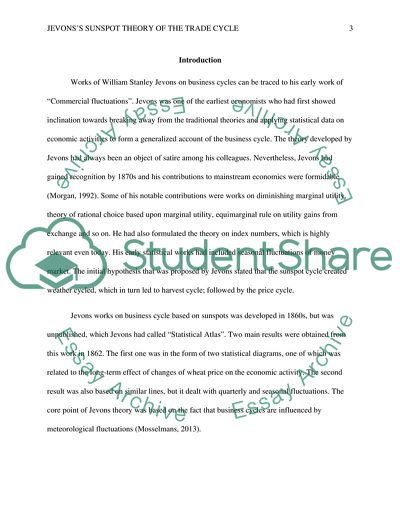Cite this document
(Jevonss sunspot theory of the trade cycle Term Paper, n.d.)
Jevonss sunspot theory of the trade cycle Term Paper. https://studentshare.org/macro-microeconomics/1815912-jevonss-sunspot-theory-of-the-trade-cycle
Jevonss sunspot theory of the trade cycle Term Paper. https://studentshare.org/macro-microeconomics/1815912-jevonss-sunspot-theory-of-the-trade-cycle
(Jevonss Sunspot Theory of the Trade Cycle Term Paper)
Jevonss Sunspot Theory of the Trade Cycle Term Paper. https://studentshare.org/macro-microeconomics/1815912-jevonss-sunspot-theory-of-the-trade-cycle.
Jevonss Sunspot Theory of the Trade Cycle Term Paper. https://studentshare.org/macro-microeconomics/1815912-jevonss-sunspot-theory-of-the-trade-cycle.
“Jevonss Sunspot Theory of the Trade Cycle Term Paper”. https://studentshare.org/macro-microeconomics/1815912-jevonss-sunspot-theory-of-the-trade-cycle.


